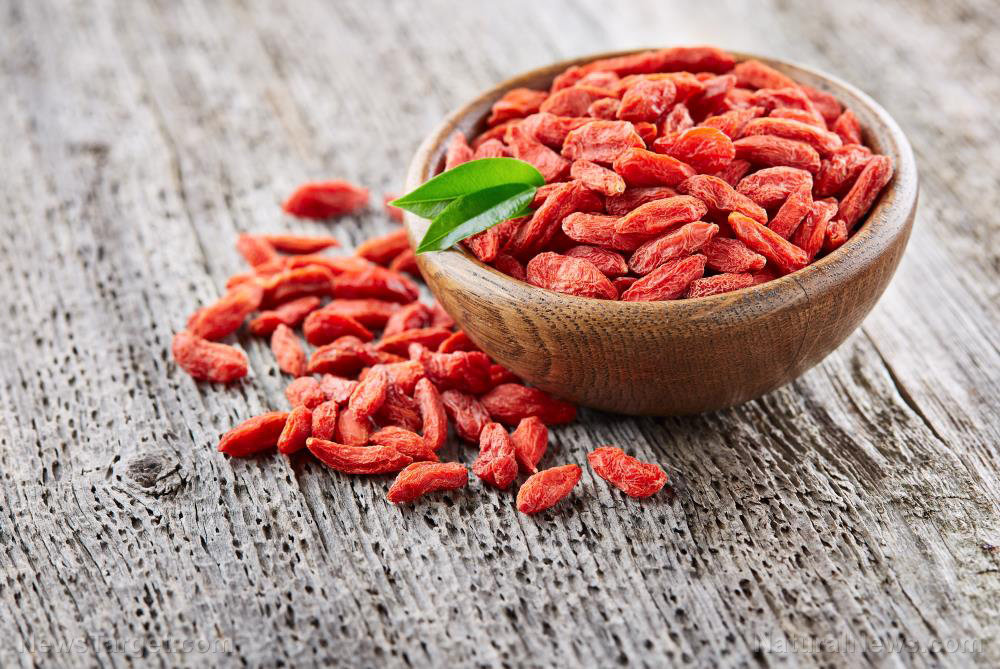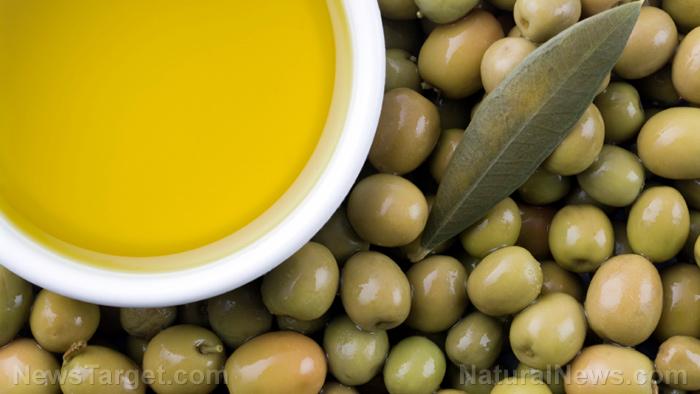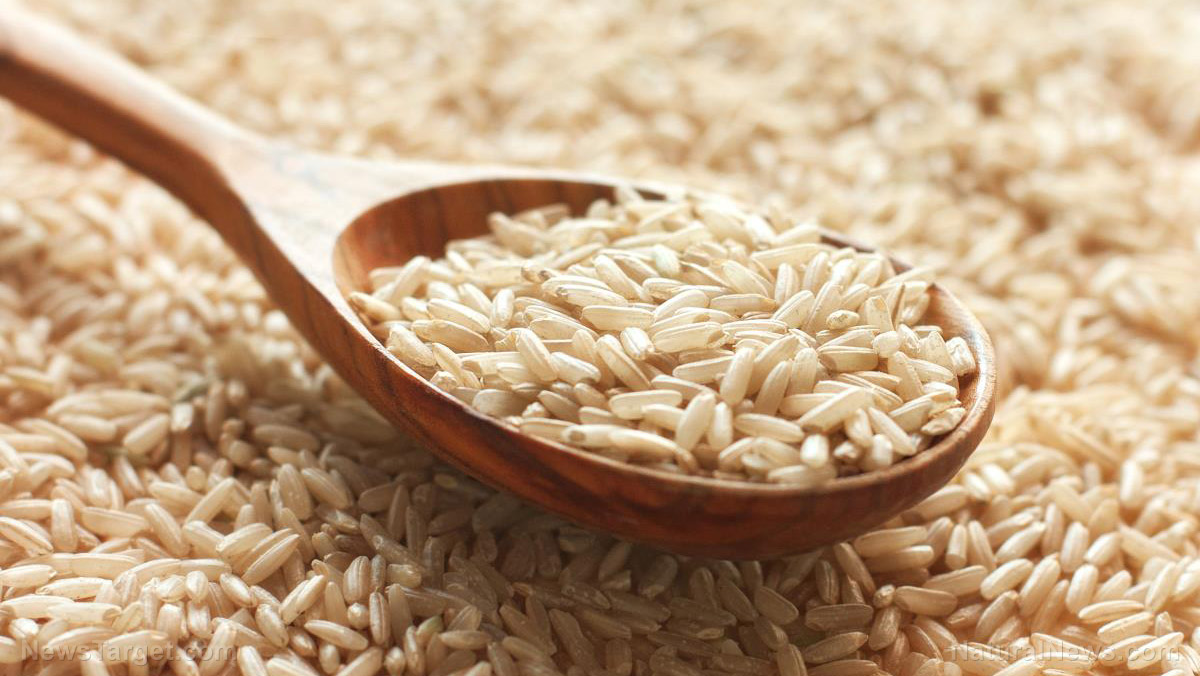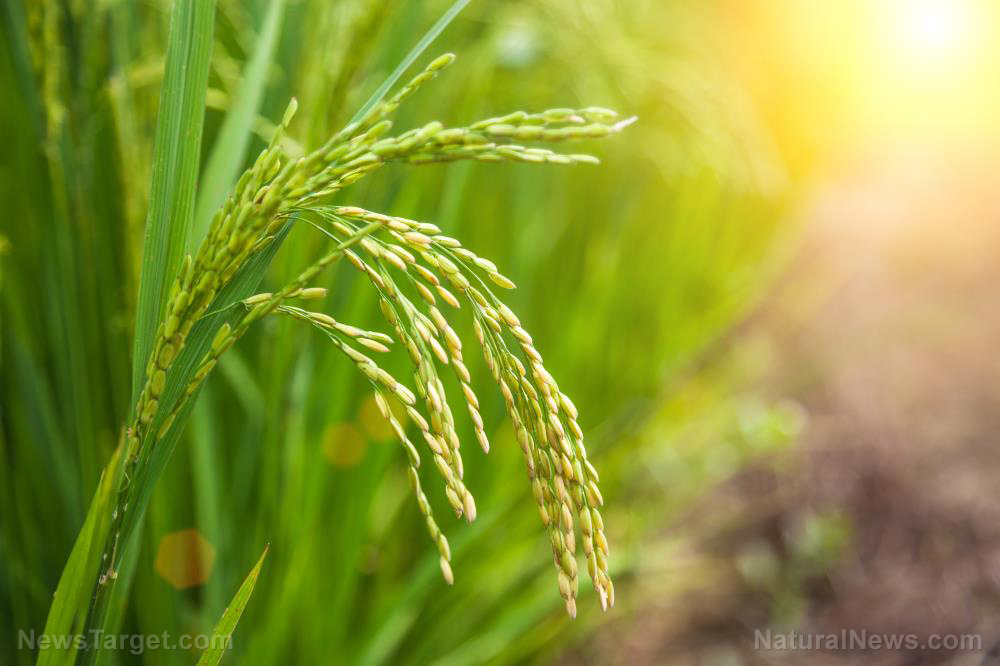India cuts off wheat exports amid skyrocketing prices, destructive heatwave
05/18/2022 / By Ethan Huff

The world’s second-largest wheat producer has banned exports of the crop from here on out as prices continue to rise and a massive heatwave is destroying crops.
Indian officials announced the ban on Saturday, just a few days after claiming the country was on target to see record shipments this year. They say it is needed because of record temperatures ruining wheat still in the ground coupled with rising inflation.
Exports for letters of credit that were already issued to countries that are just trying “to meet their food security needs” can still leave the country, authorities clarified.
The markets were expecting continued output from India to make up for other countries like Ukraine and Hungary, also heavy exporters of wheat and other grains, that have also cut off exports.
Before Russia’s invasion of Ukraine, India was on track to ship out a record 10 million tons of wheat this year. All of that has since changed now that India is keeping all its wheat for itself.
“The ban is shocking,” said a Mumbai-based dealer with a global trading firm to CNBC.
“We were expecting curbs on exports after 2-3 months, but seems inflation numbers changed government’s mind.”
There are no more big wheat suppliers in the market, says expert
The consequence of all this is that global wheat prices will more than likely now reach new peaks, hitting poorer countries in Asia and Africa the hardest, and eventually followed by everyone else.
India’s inflation overall is reaching an eight-year high amid the news, which has many economists feeling as though the central bank in that country will need to raise interest rates more aggressively to curb prices.
“Wheat prices in India have risen to a record high, in some spot markets to as high as 25,000 rupees ($322.71) per metric ton, versus the government’s fixed minimum support price of 20,150 rupees,” CNBC further reported.
Around mid-March, an unexpected heatwave struck India’s largest growing regions. This is expected to significantly decrease yields, which means India may not be able to fulfill all contracts while still retaining enough domestic supply for its own people.
This is a big part of why the decision was made to ban all exports as the Indian people now need the food for themselves.
“The government’s procurement has fallen more than 50%,” the dealer added. “Spot markets are getting far lower supplies than last year. All these things are indicating lower crop.”
In April, India exported a record 1.4 million tons of wheat with another 1.5 million tons expected to leave the country in May. Now, these shipments will have to wait – possibly forever.
“Indian ban will lift global wheat prices,” a second dealer told CNBC about the situation. “Right now, there is no big supplier in the market.”
In a matter of just a few short weeks, some of the biggest producers of wheat and other crops have systematically shuttered their supply pipelines, the latest being India. The repercussions of this are still reverberating throughout the world, and the crisis has only just begun.
“Maybe the divine Creator is trying to send a message,” wrote someone at Natural News about how each piece of the global economic puzzle seems to now be falling one by one in succession.
“The loss of Rockefeller funded varieties of dwarf and semi-dwarf wheat would be EXCELLENT as its protein is toxic,” wrote another. “Let’s replace it with the older varieties, and let’s ban the use of Roundup so the older varieties will not be allergenic and poisonous.”
To keep up with the latest news about the coming global fame, be sure to visit FoodRiots.news.
Sources for this article include:
Submit a correction >>
Tagged Under:
ban, Collapse, crops, exports, famine, food supply, harvest, heatwave, hunger, India, inflation, shortages, starvation, wheat
This article may contain statements that reflect the opinion of the author
RECENT NEWS & ARTICLES
COPYRIGHT © 2017 FOOD SCIENCE NEWS





















